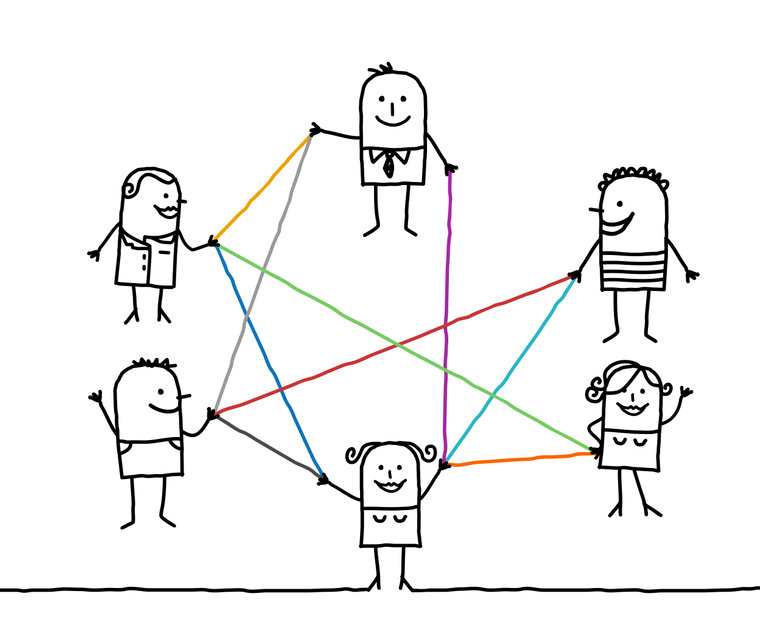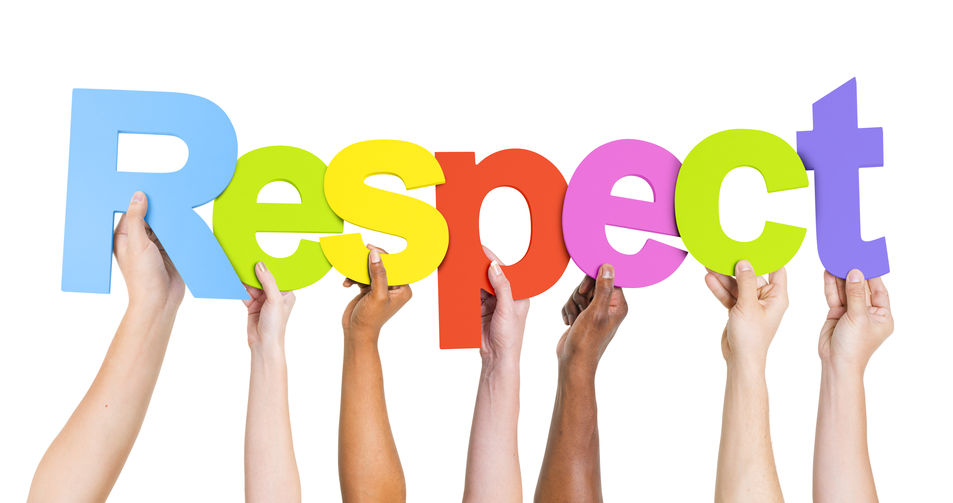“Thank you” and Its
Proper Responses

Saying “thank you” is core to our sociality. When you are extended a courtesy or kindness, a thank-you is usually the automatic response. It is part of the etiquette-ful reciprocity that maintains our civility.
We want people to regard how we respond to them as genuine. A genuine response of gratitude is evident when eye contact is made, and a sincere tone of voice is used to say the words.
The situations in which you will most often use the above process are when
- A gift, compliment, or favor has been given.
- A kindness has been extended
- Feedback has been offered. (When criticized, treat it as feedback.)
- You’ve been given advice, asked for or not.
- A transaction of goods or services has occurred.
- When saying goodbye.
And there are other situations that can appropriately call for “Thank you.”
- If you are late.
“Thank you for your kind patience.” - If you’ve made a mistake.
“Thank you for picking up the ball when I dropped it.” - When sad news has been shared with you.
“Thank you for sharing with me. I’m here for you.” - When you need assistance from a service provider.
“I can’t thank you enough for stepping up to help me solve this problem, as it’s a troubling concern for me.”
Responding to Thank You
Traditionally, the default response to “Thank you” is “You’re welcome.” This short sentence is meant to cover several bases in the realm of “I’m happy to help,” “It was nothing,” “My pleasure,” etc.
However, there is a bit of an evolution in responses that can cause a little confusion. “No worries” and “No problem” can be off-putting to many people. It’s the “no” part that can be bothersome and paired with the word “worries” or “problem,” can bring out a silent challenge. “All I said was ‘thank you.’ Why is this a problem or worry?!”
It’s also true that “You’re welcome” doesn’t feel like a perfect fit for all occasions. When someone has gone out of their way to go above and beyond what is asked or called for, something other than “You’re welcome” feels necessary.
Consider that language is always changing, and nuances of meaning aren’t static. When marginal meaning confusion tarnishes mannerly responses, then realizing the difference between “prescriptive” and “descriptive” grammar can bring understanding. When a person senses or thinks that the way the other person has responded isn’t “correct,” the natural tendency is to argue against what almost feels ungrammatical. “Descriptive” grammar is more about how people actually speak and reflects that language is evolving.
When you sense these difficulties, consider going beyond your response to make sure the other person gets the drift of what you mean. “No problem” expands to “Happy you liked that.” Or when “You’re welcome” seems scant, adding “I really appreciate you.” These additions will move the communication along.
You might consider these additions as well:
- “It was my pleasure.”
- “So happy I could help.”
- “Glad I could be of assistance.”
- “I’m here for you anytime.”
Clarity is the Goal
Because the message being spoken is sometimes equated with the person sending it, a person can be judged by whether or not he does things “correctly.”
Noticing what you feel comfortable with when hearing someone’s response after you say Thank you, and noticing how other people respond to you, are growth steps in your etiquette-ful life of respectful communication.














